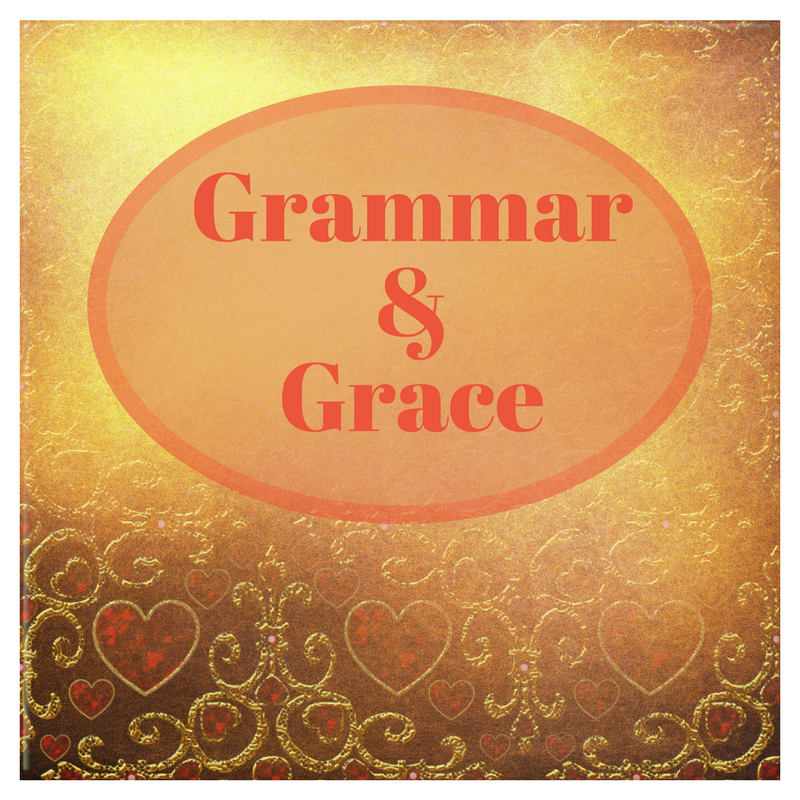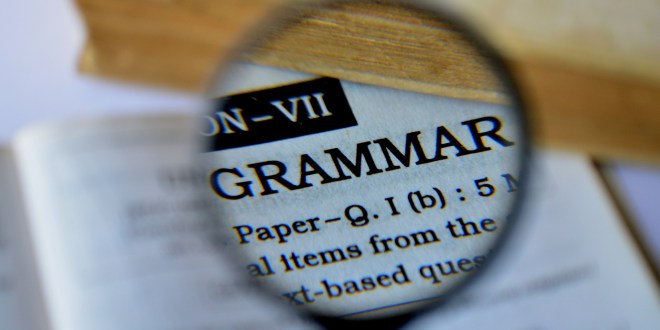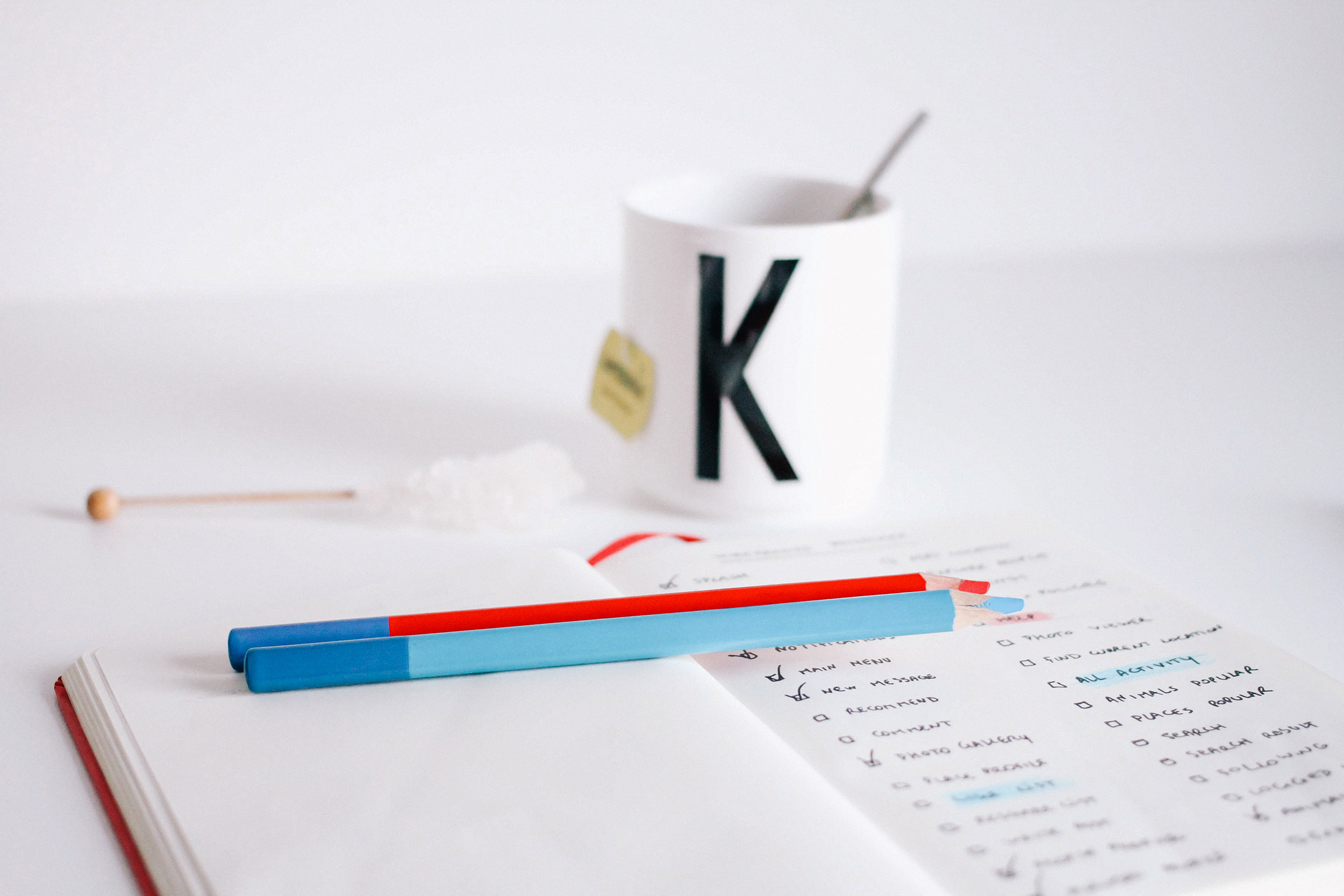
Compound Words (Part 3)
This post includes the remainder of compound words from U through Z. The list is intended to help during…
June 18, 2018
This post includes the remainder of compound words from U through Z. The list is intended to help during…
June 18, 2018
Yes. That’s right. Psychological. I promise not to go too deep. Please keep reading. In editing our own manuscripts,…
May 22, 2018
Last time, I offered a list of compound words from A to H. This post continues with the remainder…
May 18, 2018
Okay. Most of you (myself included) admit it’s challenging and exciting to plan the next book. It must be…
April 22, 2018
When I first started writing back in the dark ages, my scenes were terrible. I didn’t have anything for…
March 27, 2018A friend of mine edited my latest manuscript for me. She mentioned that I have a tendency toward not…
March 23, 2018
With my cursor at Chapter 1 in my WWII historical fiction novel, I hit Ctrl+Enter and sighed. Beginning a book…
February 22, 2018
Please stop using pronouns wrong! Between you and I, I’m sick of people using the wrong pronoun. Wrong. Wrong. Wrong!…
February 19, 2018
Today, people love to communicate with texts and private Facebook messages and emails and tweets, but around Christmas people…
December 18, 2017
This time let’s focus on conjunctions. Conjunctions are words that join other words, clauses, or phrases. Grammar consists of…
November 18, 2017
Have you memorized the list of prepositions yet? Trust me, quickly recognizing prepositions will help you in the long…
October 18, 2017
We’re continuing with the parts of speech with a discussion about prepositions. These words never change their form. They…
September 28, 2017
Adverbs are words commonly used to describe or modify a verb, and adjective, or another adverb. To test…
August 19, 2017
In anticipation of the upcoming presidential election cycle, prepare to hear some unsavory comments, even name-calling among candidates. Here’s…
July 22, 2017
This month at Grammar and Grace we’re studying adjectives. Adjectives are words that tell something about a noun or…
July 18, 2017
As languages go, English is fairly young. It’s been about 1400 years since the Anglo-Saxons imported English into Great…
June 27, 2017
A pronoun is a word that can take the place of a noun in a sentence which means…
June 17, 2017
A number of grammatical faux pas can be attributed to faulty hearing. I’m not implying that any of you…
May 27, 2017
This time we’ll discuss nouns. Nouns can be common or proper. A common noun is a person, place, or…
May 18, 2017
This may seem hard to believe, but[bctt tweet=” … not every question requires a question mark” username=””.] How…
April 27, 2017
Because spellcheck, wonderful as it may be, doesn’t catch words used improperly … And because the English language…
March 27, 2017
Bryan Garner, author of A Dictionary of Modern American Usage, and a raft of other books on English…
March 27, 2017
You’ve written your masterpiece. Or at least a short story, novel, or essay you believe worthy of publication.…
March 26, 2017
Last time, I introduced the eight parts of speech. This time, we’ll focus on verbs. I’m beginning with the…
March 17, 2017
For 2017, let’s understand the basics of English grammar by learning the eight parts of speech. They are the…
February 17, 2017